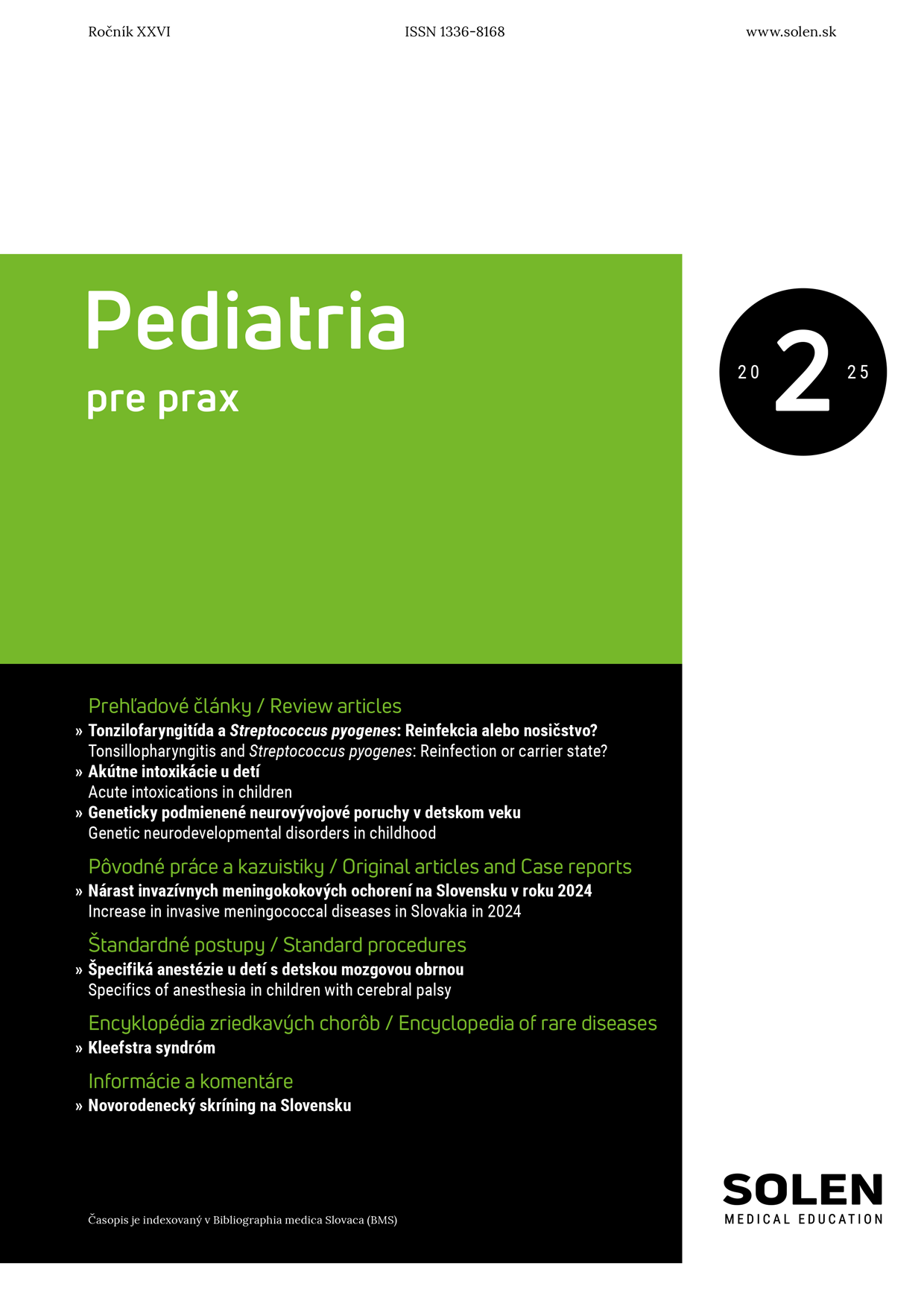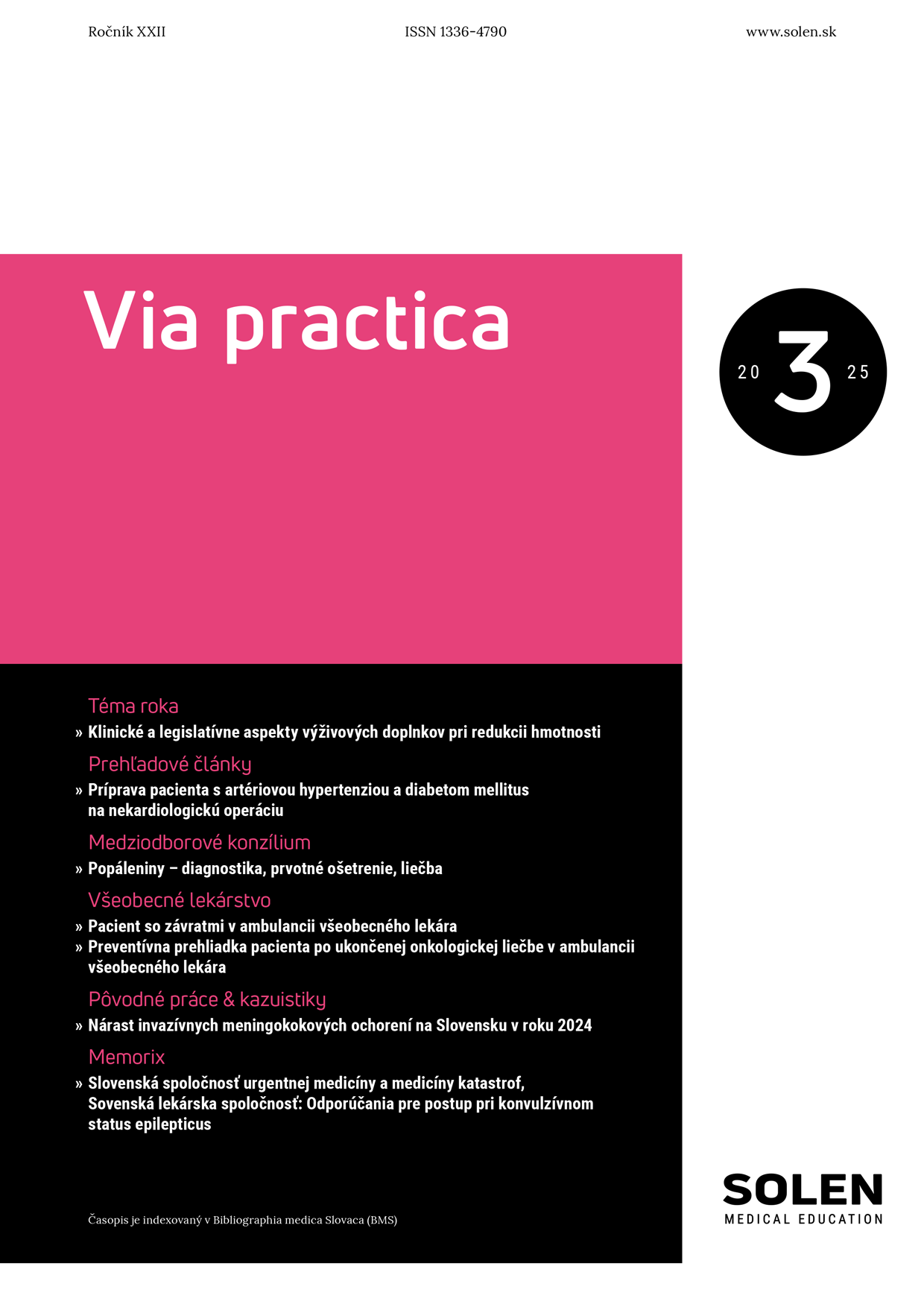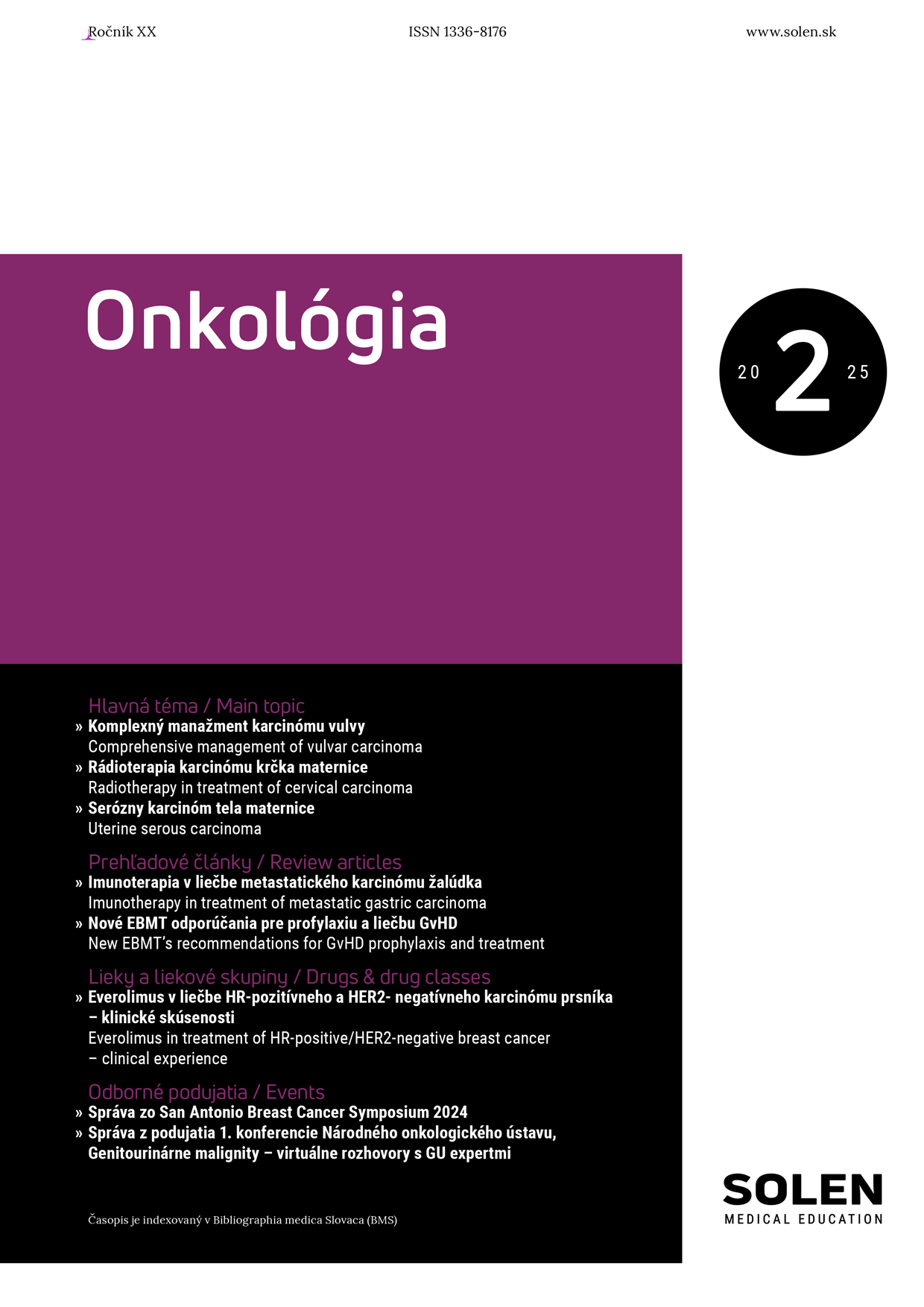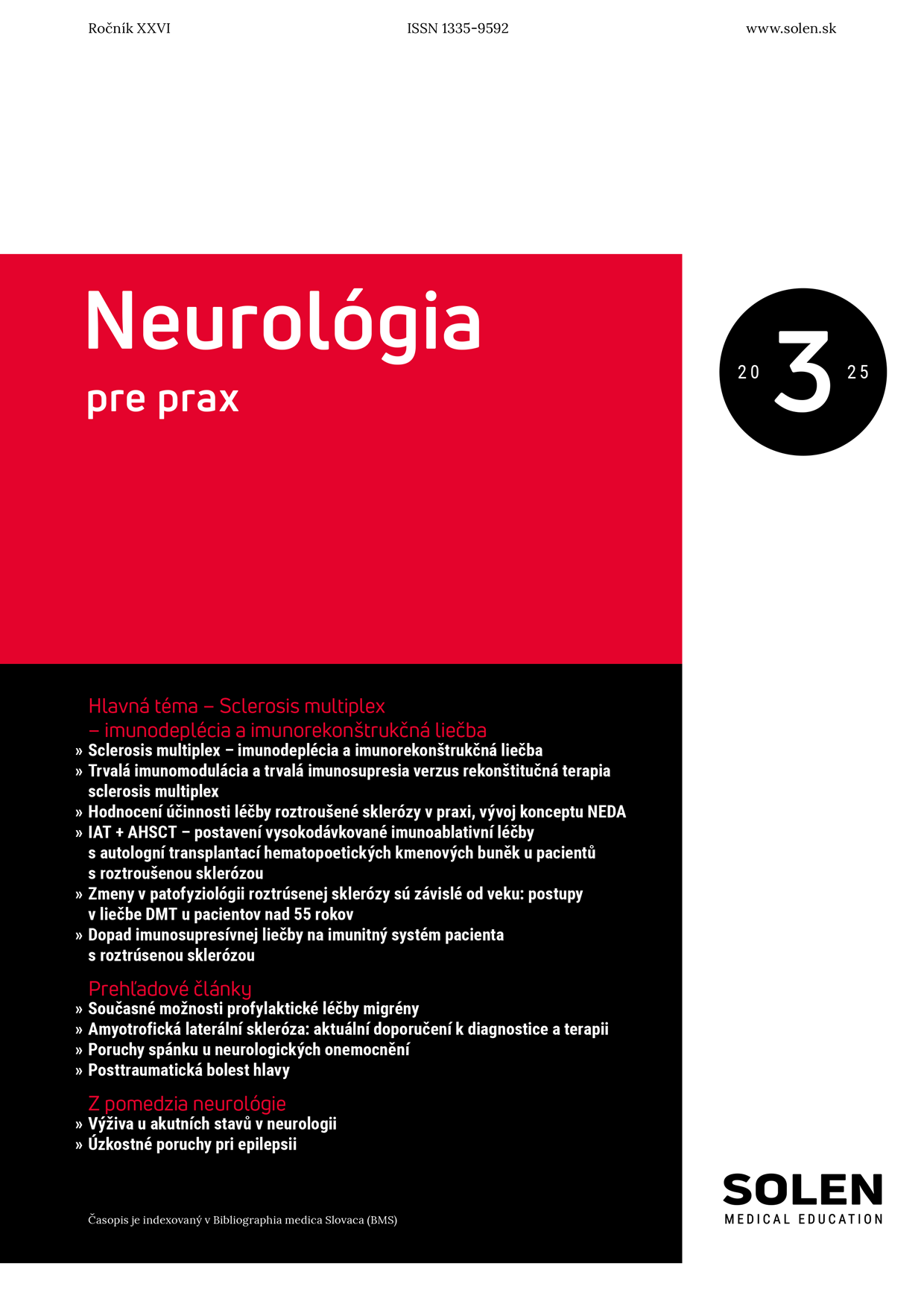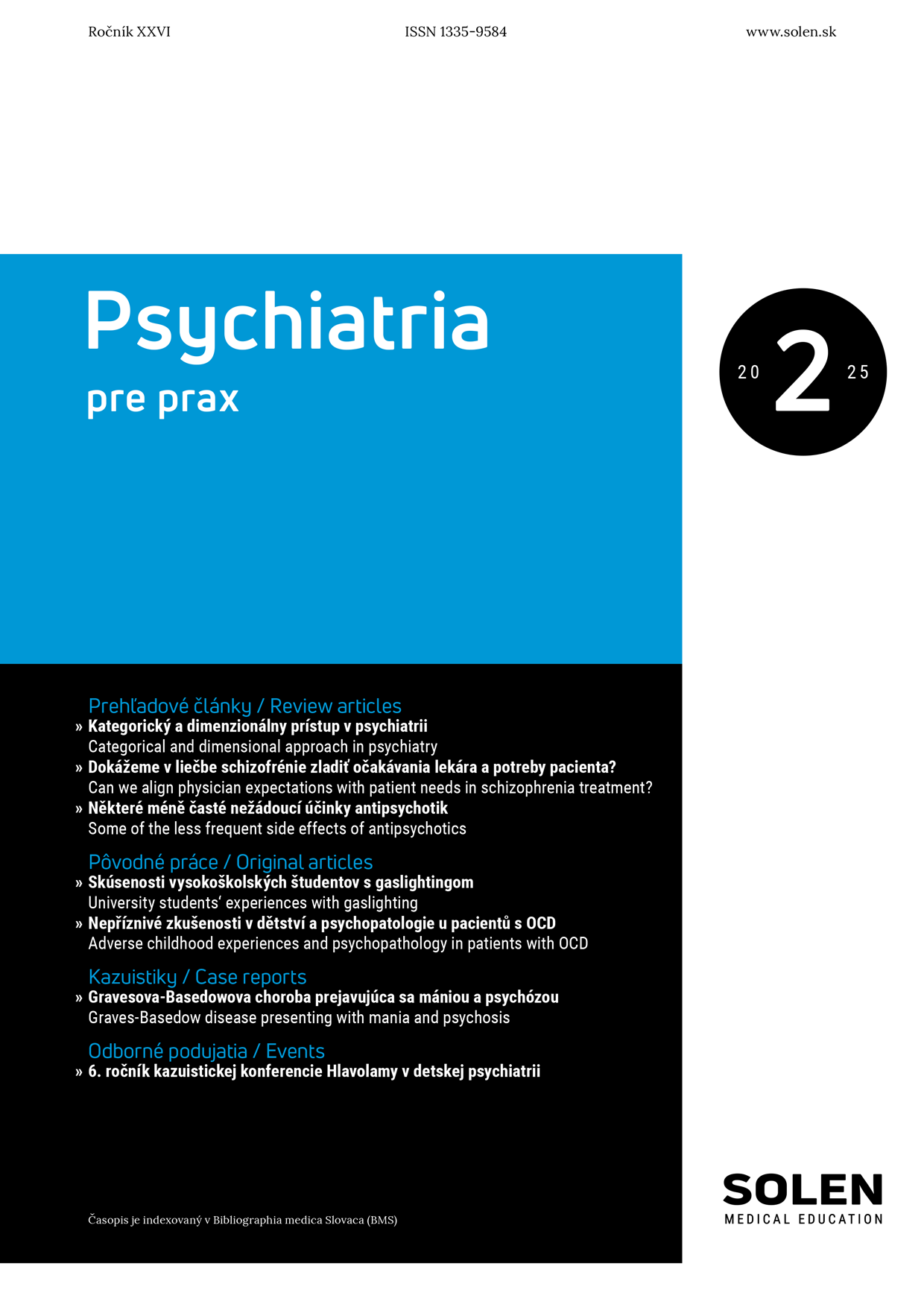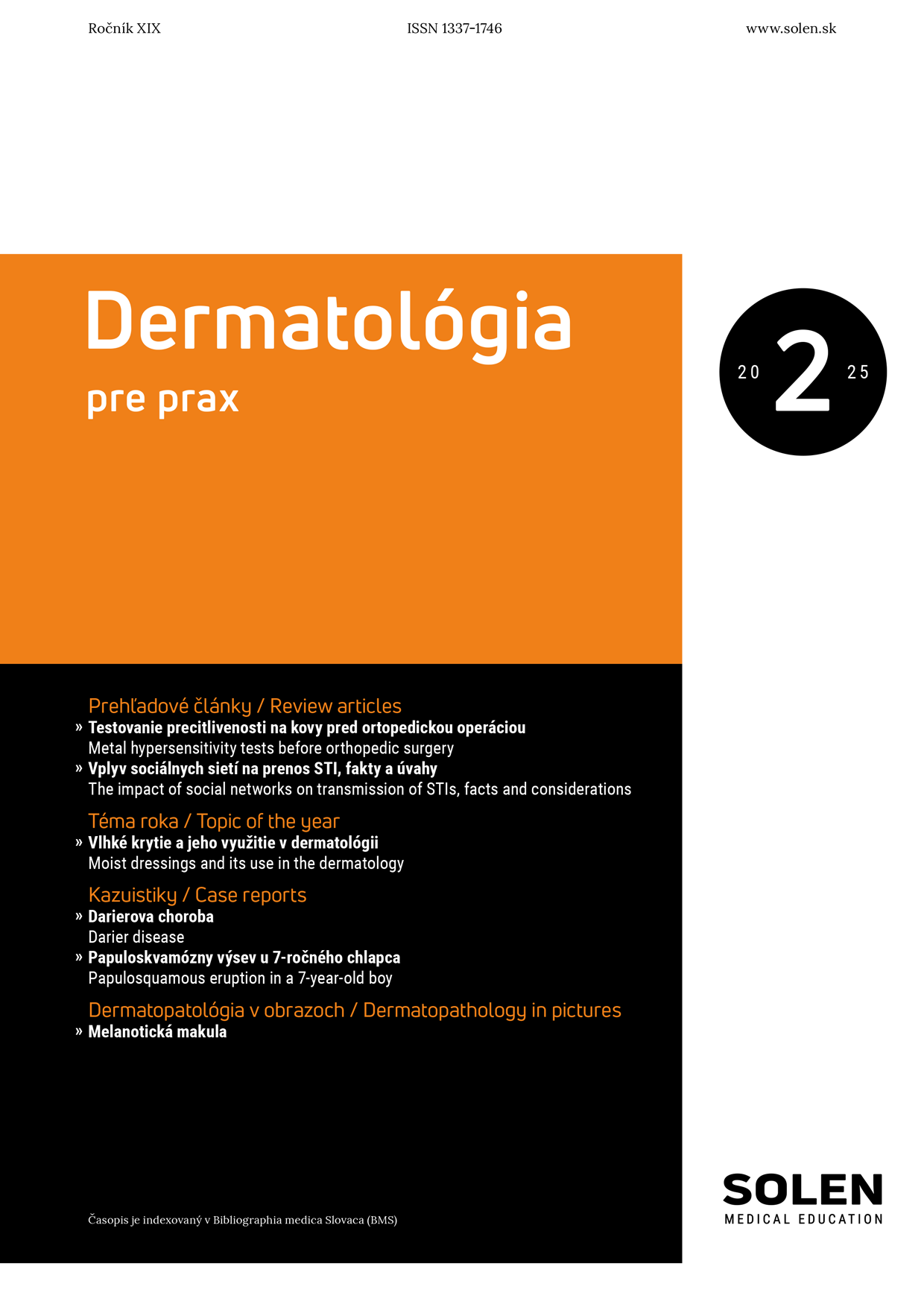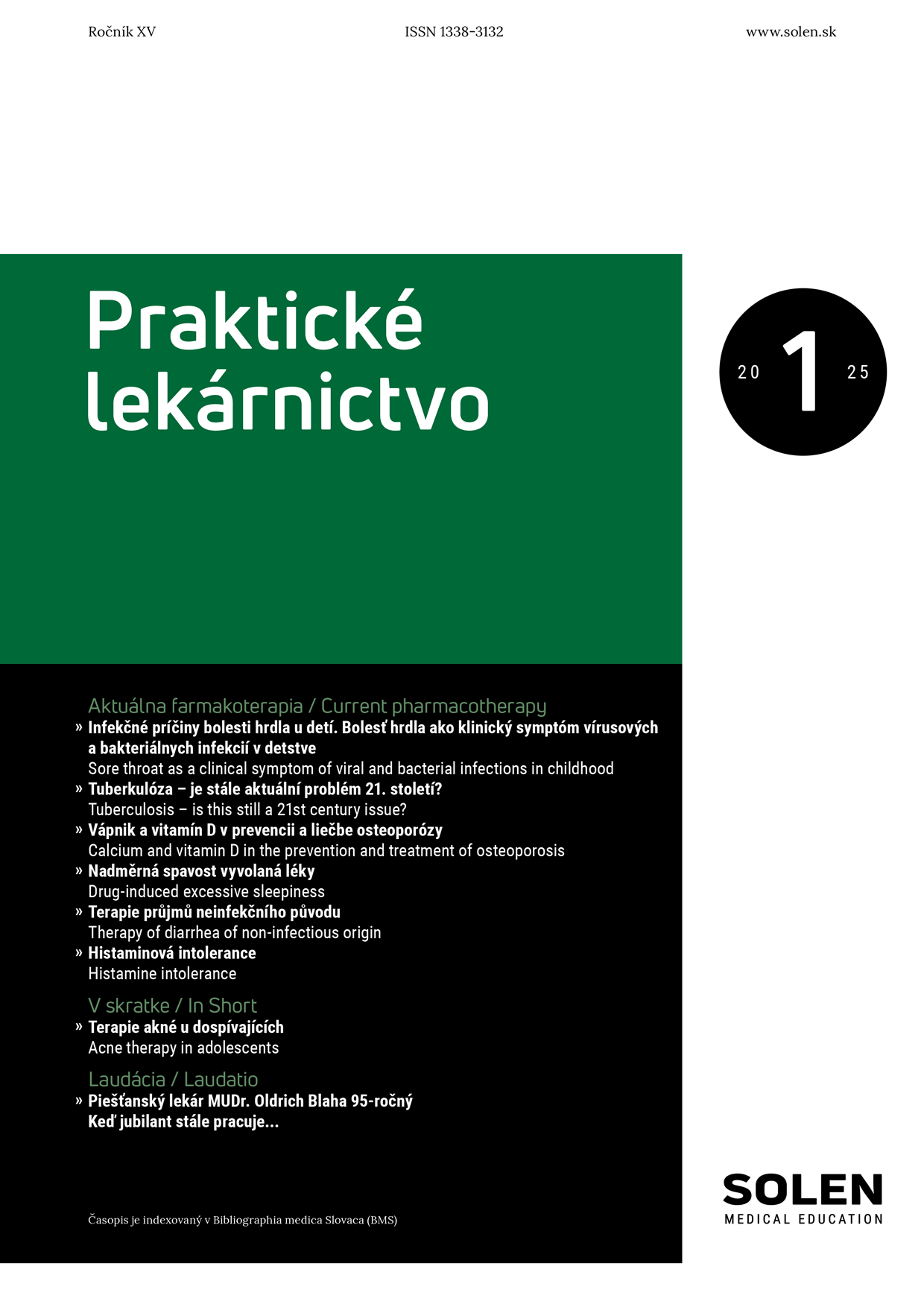Slovenská chirurgia 1/2015
Infekcie protéz po cievnych rekonštrukčných výkonoch
MUDr. Tibor Molčan, MUDr. Igor Duda, PhD., prof. MUDr. Miroslav Danaj, CSc., MUDr. Jaroslav Pavč
Incidencia infekcie cievnych protéz varíruje od jedného do šiestich percent. Jej zvládnutie je závislé od dobrého stagingu, operačného potvrdenia rozsahu infekcie s dôkazom virulentných baktérií (5, 6, 8). Autori používajú klasifikáciu infekcie cievnych protéz podľa Szillagyiho (1, 2, 3). Infekcia cievnych protéz súvisí aj s celkovým stavom pacienta, typom operácie, prítomnosťou pridružených infekcií v iných lokalizáciách, spôsobom antibiotickej profylaxie, ale aj s dĺžkou nutnej hospitalizácie (8, 9). Vyskytuje sa najčastejšie v inguine (60 %), v protézach lokalizovaných v tunelizovanom podkoží a po akútnych cievnych ischemických príhodách na končatinách (4, 5, 7). Infekcie sa vyskytujú aj po perkutánnom zavádzaní stentov po angioplastike (0,5 %) (2, 9). Autori referujú vlastné skúsenosti – kazuistiku infekcie štepu 58-ročného pacienta, ktorý mal urobenú embolektómiu podľa Fogarthyho na inom pracovisku. Pre pretrvávajúcu ischémiu pravej dolnej končatiny bol preložený na naše pracovisko. Následne sme mu urobili 17. apríla 2013 bypass AIE (arteria ilica externa), (AFS) arteria femoralis superfitialis l. dx. za použitia lineárnej protézy PTFE (Polyfluortetraetylen) 8 mm, ktorú sme reimplantovali do AFP (arteria femoralis profunda), AFS (arteria femoralis superfitialis), AP (arteria poplitea) l. dx. Súčasne sme urobili trombektómiu a dezobliteráciu artérie femoralis profundy (AFP), artérie femoralis superfitialis (AFS) Fogarthyho katétrom 3 – 4 a tiež ring striperom. Urobili sme aj priamu trombektómiu ATA (arteria tibialis anterior) a tractus tibiofibularis vpravo (l. dx.) za použitia Fogarthyho katétra. Opakovaná infekcia cievnej protézy viedla k závažnej sepse s multiorgánovou dysfunkciou, s rozsiahlou nekrózou a flegmónou kože a podkožia, čo vyústilo do nutnosti amputácie pravého femoru.
Kľúčové slová: ischémia končatín, revaskularizácia, infekcia protézy, sepsa, etiológia, kazuistika.
Infection of prosthesis after vascular reconstructive procedures
The incidence of prosthetic graft infections vary from 1 percent to 6 percent Successful management can be attributed to the development of better staging systems, operative delineation of the extent of infection, and a better appreciation of the potential virulence of the microbes involved (5, 6, 8). We have used classification system of extracavitary vascular graft infections established by Szillagyi (1, 2). Incidence of vascular infections is influenced by patient’s general condition, the type of theprocedure, the coexistence of other simultaneous inflammation sites, the type of prophylactic antibiotics given perioperatively and by prolonged operative time and hospitalstay (8, 9). Infections are much more frequent in the groins (60 % of cases), in grafts placed in a subcutaneous tunnel and after emergency cases (e. g. acute arterial ischemia). Infection can also develop after percutaneous stent angioplasty but in low rates (0,5 %) (4, 5, 7). Authors report our own experiences with the case of a 58 year-old patient who had undergone a Fogarthy embolectomy with critical ischemia of the rigt lower extremity. Vascular graft procedure was created at our service April 17, 2013 bypass AIE – AFS l dx. cum prosthesis lienaris PTFE 8 mm reimplantatio AFP ad bypass AFP, AFS, AP l. dx. Trombectomia et desobliteratio AFP, AFS, AP l. dx. cum Fogarthy catheter No 3,4 et ring stripper, Trombectomia ATA et tractus, tibiofibularis l. dx. directa et cum Fogarthy catheter, repeated infection of vascular prosthesis lead to serious sepsis with multiorgan dysfunction and high amputation of right limbs at the femoral level.
Keywords: ischemia of the limbs, revascularisation, infection of the vascular prosthesis, sepsis, etiologia, case report.


